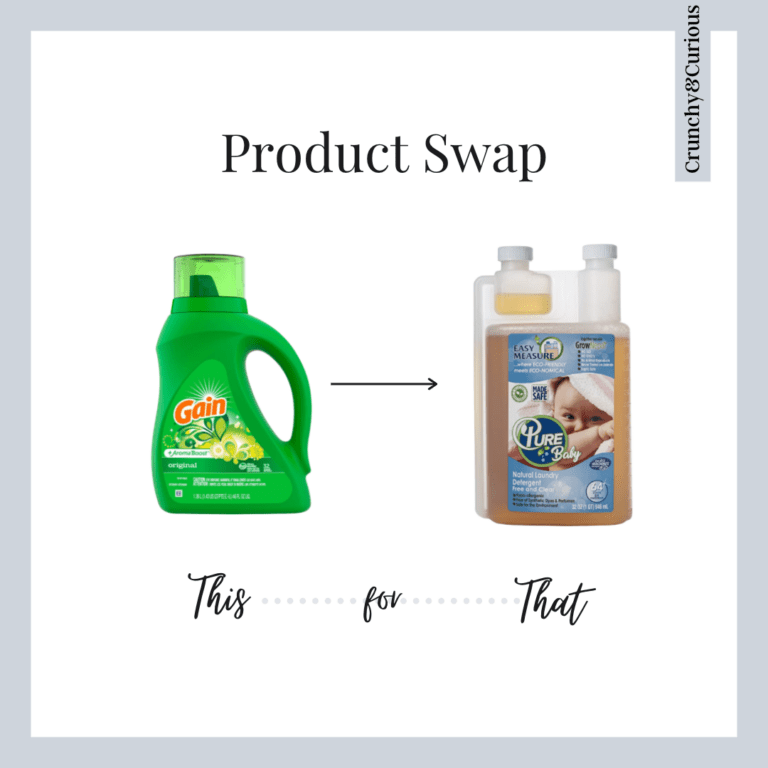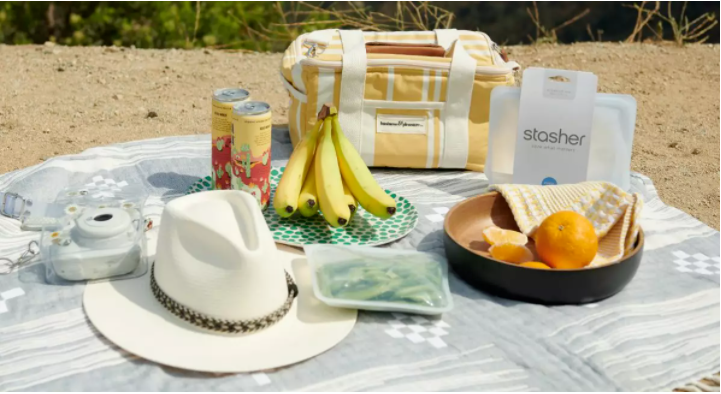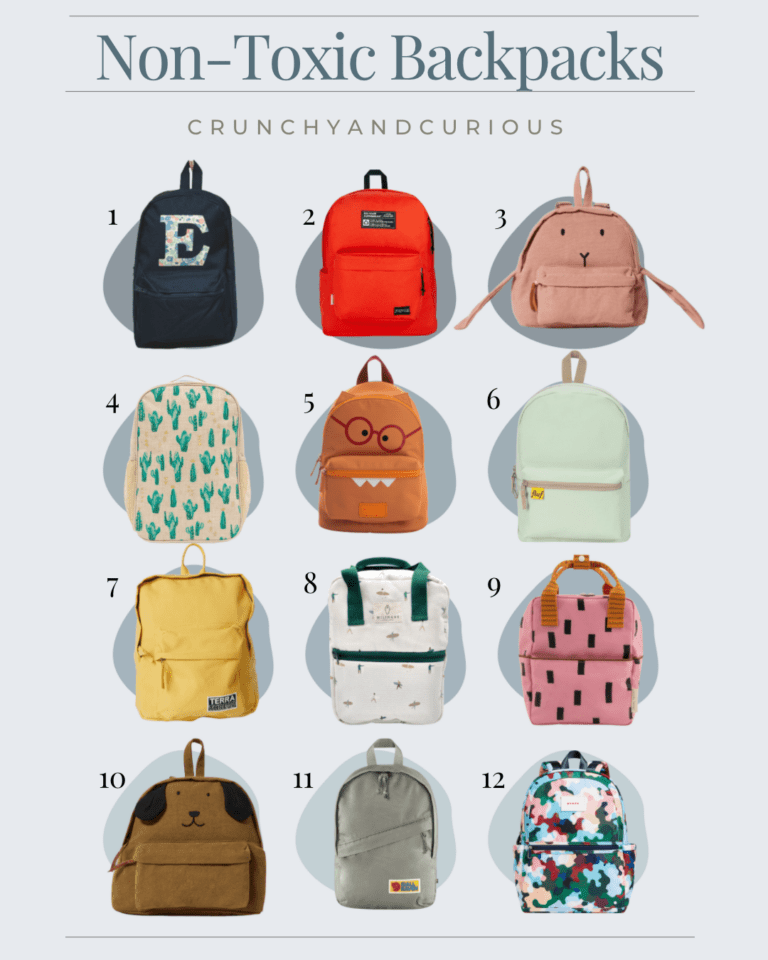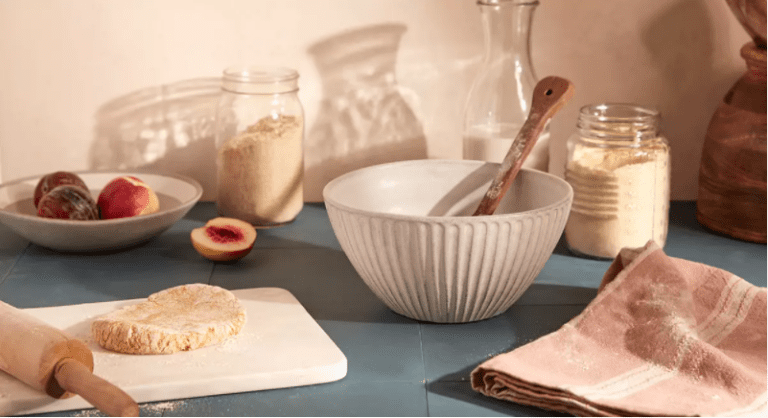Organic Mattress Certifications: How to Know You are Sleeping Safe

The mattress is the most important piece of furniture in your home. It’s where you spend a third of your life, and it can make or break your back. We all spend lots of time in bed which makes it extremely important to reduce any harmful chemicals or toxins that we may breathe in from our sleep surfaces.
Whether you’re buying for babies, kids, or adults, there are plenty of options out there that will be good for both sleepers and the planet!
When you’re in the market for a new mattress, it can be hard to know which one is right for you. You may be wondering if organic mattresses are worth the price? Should you go with natural latex mattresses or certified organic cotton/organic fiber options?
There are so many different types and brands of mattresses available that it’s easy to get lost and confused. One way to make your decision easier is by finding out about mattress certifications that the mattress holds that you’re considering.
Mattress certifications tell consumers how well they were tested and what quality standards they meet or exceed – but not all mattresses have them!
We’ll go over why these requirements exist, what to ask when purchasing a natural mattress, mattress certifications that may not be as helpful as we would hope, and what common certifications can be found in today’s market!
Why Buy an Organic Mattress
Lowers the Exposure to Volatile Organic Compounds
Breathing VOCs, when present in high amounts, can irritate the eyes, nose, and throat; cause breathing problems and nausea; and damage the brain as well as other organs. Some VOCs are carcinogenic.
VOCs have been found to negatively impact indoor air quality.
Purchasing organic items helps to limit exposure to VOCs and improves the indoor air quality for yourself and your family.
Reduces Dangerous Chemicals
Processing conventional cotton uses many toxic chemicals that rarely wash out of the items. Organic cotton is grown free of pesticides and synthetic fertilizers and organic cotton cannot be grown from GMO seeds. Below you will find some of the chemicals we can avoid by purchasing a certified organic mattress.
Flame Retardants
Flame Retardants or mattresses with flame-resistant properties should be avoided as they have been found, through multiple studies, to be a neurotoxin.
These chemicals include polybrominated diphenyl ethers (PBDE), hexabromocyclododecane (HBCD), and organophosphate.
Fire retardants take many years to off-gas and have been found to be a possible carcinogen (cancer-causing) and endocrine disruptor.
Formaldehyde
Formaldehyde is typically used in mattresses as an adhesive and is found in polyurethane foam which is petroleum-based.
Formaldehyde is known to trigger asthma, can irritate the eyes and nose, and cause headaches. It’s also thought to be carcinogenic.
Perfluorinated compounds (PFCs)
PFOA and PFOS are two of the most common PFCs found in items. These chemicals can be very difficult to avoid as they have been used for over 60 years and permeate every facet of our lives (from cookware, carpeting, jackets, etc.).
PFAS are chemicals used to create non-stick, water-resistant, stain-resistant, and anti-bacterial items. They have come under fire for being very toxic both to humans and the environment due to their ability to bioaccumulate (or build up).
As many mattresses (especially crib mattresses) boast that they are waterproof, it’s important to note that these most likely contain PFAS.
Fiberglass
Fiberglass, a synthetic material, and type of insulation are often found in crib mattresses and other furniture. It can release toxic particles into the air.
Fiberglass is cheap, durable, and hypoallergenic; however, it also contains chemicals that may be harmful to an infant’s developing lungs. The EPA has classified fiberglass as a “likely carcinogen” because it releases dust with asbestos fibers when cut or abraded.
Mattresses that use fiberglass as an insulator to meet fire standards can sometimes contain tiny glass shards.
Fiberglass material is found in many memory foam mattresses because the foam has been derived from petroleum making the mattress highly flammable.
Better for the Environment
Conventional cotton is known as one of the dirtiest crops. We always want to choose organic cotton as traditional cotton is heavily sprayed with pesticides and herbicides, at a rate of about 25 pounds per acre.
Cotton also requires heavy amounts of water to grow; it takes almost one gallon of water to produce just one ounce of cotton fabric.
Additionally, organic cotton advocates for safe and sustainable farming practices.
Decreases Risk of Fire, Naturally
Many traditional mattresses are made of memory foam or other synthetic materials such as polyurethane foam.
These materials tend to be more flammable which is why companies must put chemical fire retardants (or fiberglass as stated above) in the mattress to safeguard consumers.
Organic cotton certifies that there are no added fire retardants.
What Questions to Ask When Looking to Buy a New Mattress
When evaluating a mattress we want to look at the full picture. This means not only checking the label for certifications but also making sure that you’re buying from a reputable company with good customer service. We want to be able to answer the questions:
- What does the supply chain look like?
- What is the manufacturing process? What about the production practices? Was there any potential child labor involved?
- Does the manufacturing process take into account environmental health? Would it be considered eco-friendly?
- Are there any certifications for ecological and social criteria?
- What mattress certification(s) does it hold does the finished mattress hold these certifications as well?
- Are the certifications it holds third-party certifications? What are the certification requirements?
- Has it been tested for volatile organic compounds (VOCs)?
- Are organic growing practices being used?
- Is the cotton certified organic cotton? What is the organic certification? Are other organic materials or other organic fiber being used?
- Are there any harmful chemicals?
- Does it contain chemical flame retardants? If it does, what are the certain chemical flame retardants?
- What are the mattress materials? What are all of the mattress’s components?
- Could the mattress contribute to indoor air pollution?
- Is it made with natural materials?
To assist consumers in recognizing goods that meet specific standards and requirements, a variety of voluntary accreditation and third-party certification standards have emerged.
These programs establish stringent, consistent standards for various product types and provide testing and/or inspection to ensure that those standards are met.
These certifications stand to answer many of the above questions. Some of these certifications focus on sustainability while others on material safety, emissions, or air quality.
Mattress Certifications Guide
One of the most important things to consider when buying a product is the toxicity and materials.
We want to make sure our families are safe from these dangerous materials, but it’s hard as there isn’t one certification that covers all aspects of non-toxic products. There are so many certifications out there! Which ones do you trust?
Below, we’ll explore some of the more popular mattress certifications and what they mean for your health and safety.
Certified Organic Certifications
Global Organic Textile Standard

GOTS (Global Organic Textile Standard) is a certification that has been issued to organic products since 1991. It ensures that the manufacturing process is monitored according to strict environmental criteria as well as ecological and social criteria.
GOTS certification ensures that any fabric or fiber product bearing its label has been grown and processed organically with respect to both people and the planet starting from growing through manufacturing until disposal/recycling.
GOTS provides two levels to its certification: “made with organic” and “organic”. “Made with organic” textiles are composed of at least 70% organic material while “organic” grade textiles are crafted from 95% or more organic fibers. Any of the certified items cannot contain hazardous chemicals or dyes.
The GOTS certification is unique in that it also evaluates the entire life of the product including the processing and manufacturing steps an item goes through. If you would like to check if a product is Global Organic Textile Standard-certified you can perform a search in the GOTS public database.
Global Organic Latex Standard

GOLS (The Global Organic Latex Standard) was established by an independent group of experts, certified natural latex suppliers, and leading manufacturers in order to maintain a uniform standard for the production of mattresses made with natural rubber.
GOLS also has third-party auditing of all stages of production from soil preparation through harvest, manufacturing, and distribution. GOLS-certified products are made with 95% or more organic natural latex.
If the item also includes additional fabric, such as cotton or wool, those fibers must be GOTS or Eco-INSTITUT certified.
Organic Content Standard 100

The Organic Exchange Certification Program tracks the organic material from the source to the finished product. It acts as a tracking system that helps consumers to understand that a product contains what it claims to contain (and the amount) while relying on third-party certifications.
The OCS 100 certification covers the processing, manufacturing, packaging, labeling, trading, and distribution of a product that has at least 95 percent certified ‘organic’ (cotton or wool) components/materials.
Note: A product cannot contain be certified in both OCS 100 Organic Cotton and GOTS.
Seals That Certify Materials
Oeko-Tex Standard 100

Oeko-Tex Standard 100 is a certification that establishes and tests limits for harmful substances in textiles. It ensures that all materials used to make the product are free of over 300 specified harmful chemicals, such as lead or formaldehyde.
However, it is important to note that Oeko Tex Standard 100 certified products may still contain fire retardants. As a best practice, it is good to reach out to the company if you have concerns about a specific product.
If you are interested in checking if a company or item still holds this certification you can search them on the label-check portion of their website. The Oeko Tex certification covers both organic and non-organic textiles.
CertiPUR-US

CertiPUR-US is an independent testing lab for materials used in the home and children’s products. CertiPUR-US approved foams are manufactured without ozone depleters, PBDEs, TDCPP, or TCEP (”Tris”) flame retardants, mercury, lead, and other heavy metals, phthalates, and/or formaldehyde. Certified items meet low VOC (Volatile Organic Compound) emissions for indoor air quality standards.
The CertiPUR certification also looks at the entire life cycle of the products and how it affects human and environmental health.
It should be noted that there are some hesitations with the CertiPUR-US certification as it was created by foam companies and chemical lobbyists here in the United States to counteract the more cost-effective foams that were being imported.
Additionally, only polyurethane foam is certified by CertiPUR. So, if you see a “natural” mattress that has this certification, it means one of the components is made of petroleum-based and synthetic polyurethane.
MADE SAFE

MADE SAFE is a newer certification that screens for ingredients and materials that have no known: behavioral toxins, carcinogens, developmental toxins, endocrine disruptors, fire retardants, GMOs, heavy metals, neurotoxins, high-risk pesticides, reproductive toxins, toxic solvents, or harmful volatile organic compounds (VOCs).
MADE SAFE does not permit the use of nanoparticles or synthetic biology. MADE SAFE has a list of over 6500 banned substances that items are screened against.
MADE SAFE also requires full transparency from companies while they are going through their certification process.
To get a more in-depth look at the MADE SAFE certification process check out their website.
Air Quality Certifications
Greenguard Gold

Greenguard Gold is a third-party certification program, (certified by UL) that creates safety standards for products related to indoor air quality including mattresses, furniture, and upholstery.
The certification is awarded to products that contain low chemical emissions which are less than 0.05 parts per million for VOCs, formaldehyde, and interior air contaminants like dust mites.
Many mattresses boast that they are Greenguard Gold Standard certified. As a consumer, it is easy to think that a certified product is safe when in reality this specific certification simply means that contaminants and other volatile organic compounds were not detected above a certain level.
eco-INSTITUT

The eco-INSTITUT in Cologne, Germany is a non-profit organization with almost 25 years of expertise analyzing pollutants and emissions in trace quantities.
The eco-INSTITUT issues certifications for numerous criteria relating to chemicals used in manufacturing and the manufacturing process.
Volatile organic compounds (VOCs), phthalates, formaldehyde pesticides, heavy metals, and persistent organic pollutants are among the chemicals that Eco-Institute forbids.
Seals that Certify Manufacturers’ Environmental Impact | Sustainability Certifications
Green America

Green America certification is an eco-friendly standard that sets the bar for companies seeking to be sustainable. It’s a way for consumers to know they are making green choices when shopping, and it provides businesses with benchmarks for sustainability management.
Green America helps companies measure their environmental performance against best practices in order to help them improve or maintain their leadership position in this competitive market.
To become certified by Green America, a company must go through rigorous assessments of its efforts on climate protection, renewable energy, human rights, fair living wages, and community involvement.
Climate-Neutral Certified

Climate Neutral works to reduce worldwide carbon emissions by encouraging businesses to measure, offset, and lower the carbon they produce. They developed a simple set of tools and a certification that makes carbon footprinting more accessible, specifies clear standards for carbon offsetting, and encourages companies to work on reducing emissions directly.
The companies acquiring the designation are required to have a long-term strategy to reduce emissions and offset their existing emissions.
Climate Neutral requires that a company develops a plan for cutting emissions and upholding more stringent emission limits and supports continuous improvement measures.
The Forest Stewardship Council/Rainforest Alliance

FSC Certified (Forest Stewardship Council®/Rainforest Alliance) ensures that the wood used is from responsibly managed forests. The Forest Stewardship Council certification also ensures that no endangered or protected species are affected by the manufacturing process. Additionally, FSC certified materials are prohibited from the use of highly toxic and hazardous chemicals.
The Forest Stewardship Council (FSC) standards assure that the entire supply chain of forest-related raw materials is controlled responsibly throughout the process. Certified manufacturers meet economic, environmental, and social criteria.
Certification Tactics to Look Out For
Many companies are trying to keep up with the trend of consumers wanting more natural products, but they often try and do it through misleading means.
Some mattress companies may boast and advertise certain certifications (ex: the GOTS certification or Oeko Tex Standard) but fail to mention that those certifications are awarded to the manufacturer or supplier of certain components such as the cotton or latex used in their products.
Finding a mattress that is fully certified is important for this reason.
What Mattress Certifications Should You Look for When Buying a New Mattress?
The main mattress certifications to look for when looking for a new natural and non-toxic mattress is:
- GOTS (Global Organic Textile Standard)
- GOLS (Global Organic Latex Standard)
- Greenguard Gold
- OEKO-TEX
- Eco Institut
Conclusion
Certification is a process in which materials are tested against standards to confirm that they meet certain requirements.
There are many different certifications, so it’s important to know the differences between them and what they mean for your family.
Some certifications focus on eco-friendly practices while others focus on safety or the quality of the materials. The specific certification you’re looking for will depend on your needs and wants as a consumer.
The newsletter (you don’t want to miss this)
Sign up with your email address to receive news, updates, and sale notifications.







